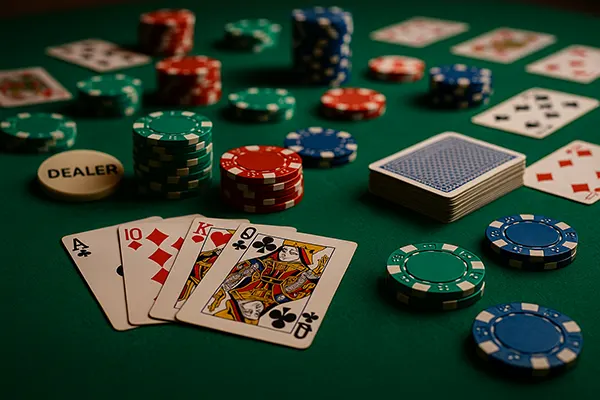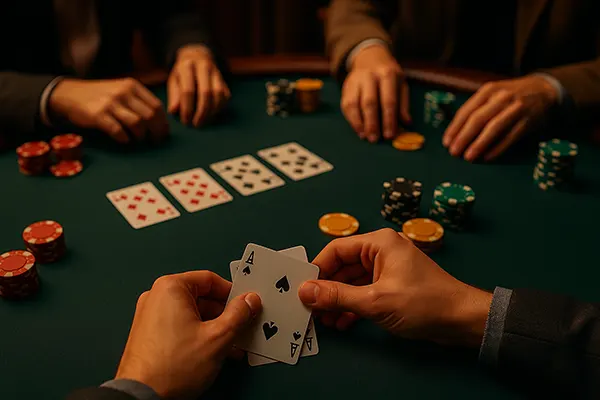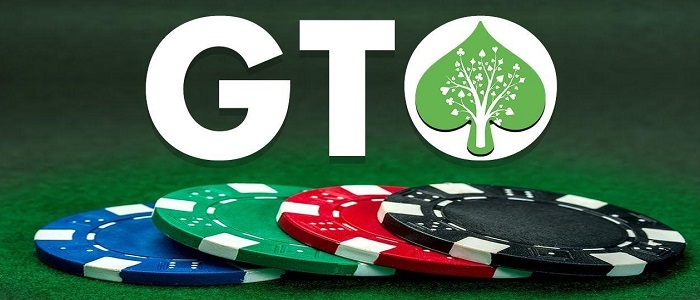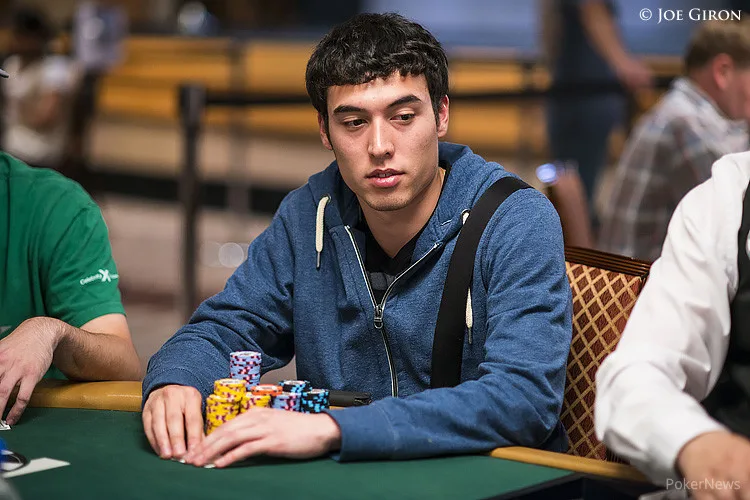
Mathematics of Card Games: How the House Edge is Calculated
Card games have fascinated players for centuries, not only because of their strategy and entertainment value but also due to the mathematical systems that govern them. Every card dealt, bet placed, and hand won is influenced by probability and statistical logic. Understanding how the house edge works helps players grasp the real odds and appreciate the balance between skill and chance in modern gambling.
The Foundation of Probability in Card Games
Probability is the backbone of every card game, from blackjack to baccarat. It defines how likely a specific outcome is to occur and allows game designers to calculate expected returns. In a standard 52-card deck, each combination, hand, or draw can be expressed through probability ratios. This mathematical structure ensures that every round is statistically fair while maintaining a predictable advantage for the house.
In blackjack, for instance, the probability of drawing certain cards affects whether a player should hit, stand, or double down. These decisions influence the long-term return rate. Casinos use this predictable probability framework to define payouts that reflect true odds—slightly adjusted to create the house edge. This ensures profitability over time without undermining fairness.
In games like poker, probability serves a different purpose. Unlike blackjack, poker pits players against each other rather than the house. Here, understanding odds is key to developing strategies, reading hands, and making rational decisions. Still, even poker rooms rely on mathematics through a small rake—ensuring consistent revenue without altering gameplay fairness.
Calculating the House Advantage
The house edge represents the average percentage of each bet that the casino expects to keep over the long run. It is not about individual wins or losses but about statistical trends over thousands of rounds. In blackjack, for example, if the house edge is 0.5%, it means that for every £100 wagered, the house retains an average of 50 pence.
This percentage is established by comparing the true odds of winning with the payout structure offered to players. When payouts are slightly lower than the actual odds of an event occurring, the difference becomes the casino’s profit margin. This model allows casinos to operate sustainably while keeping the games appealing and competitive.
Modern gambling operators rely on mathematical simulations and statistical software to validate these probabilities. They perform millions of simulated rounds to ensure that every card distribution and outcome aligns with theoretical models. This approach maintains regulatory transparency and ensures fairness across digital and live gaming environments.
The Role of Expected Value and Return to Player (RTP)
Expected Value (EV) and Return to Player (RTP) are two crucial mathematical concepts that determine how profitable a card game is over time. EV indicates the average amount a player can expect to win or lose from a bet. A negative EV means that, in the long term, the player will lose a small fraction of their stake due to the house edge.
RTP, on the other hand, expresses this concept as a percentage. If a blackjack table has an RTP of 99.5%, it means that for every £100 wagered, players receive £99.50 in return on average. The remaining £0.50 represents the house edge. This transparent figure allows players to compare games and understand how mathematical design affects their long-term performance.
It’s important to note that RTP and EV are calculated using extensive data sets and probabilities. They do not predict short-term outcomes but rather describe the theoretical equilibrium over millions of hands. Responsible players and analysts use these metrics to make informed decisions rather than relying on intuition or streaks of luck.
Mathematical Adjustments and Fairness Regulations
Regulatory authorities in 2025 require strict mathematical validation for all licensed gambling games. Developers must submit detailed probability models and return analyses before a game can be approved for public play. Independent auditing agencies verify these models to ensure fairness and transparency.
For card-based games, regulators examine the distribution of decks, shuffle algorithms, and random number generators. These mechanisms are tested under controlled conditions to confirm that every hand has an equal probability of occurrence. This scientific oversight protects players and maintains confidence in digital and land-based casinos alike.
Furthermore, modern operators publish RTP and volatility data for each game, allowing players to make informed choices. This data-driven approach exemplifies responsible gaming and aligns with the industry’s movement toward transparency, accountability, and consumer protection.

How Players Use Mathematics to Their Advantage
While the house edge ensures long-term profitability for the casino, informed players can still optimise their strategies using mathematics. Understanding probabilities, expected values, and optimal decisions can significantly reduce losses and enhance decision-making during play.
In blackjack, for example, players who use basic strategy and card counting techniques can reduce the house edge to as little as 0.1%. In poker, mathematical reasoning helps players evaluate pot odds and make data-based calls or folds. These skills do not guarantee success, but they transform gambling from mere chance into a strategic exercise.
Analytical tools and training software have become increasingly accessible in 2025, allowing players to simulate real scenarios, review hands, and calculate probabilities in real time. These resources empower users to develop critical thinking and improve performance through evidence-based play rather than emotional impulse.
Balancing Skill, Chance, and Responsibility
Even with mathematical mastery, gambling always involves an element of unpredictability. Responsible play requires recognising that no formula can eliminate risk entirely. The purpose of understanding mathematics is not to “beat” the system but to engage with it intelligently and sustainably.
Responsible gambling initiatives now integrate mathematical education into awareness campaigns. By teaching players how house edge and RTP function, operators promote informed decision-making and reduce impulsive betting behaviours. This shift toward transparency represents a positive evolution in modern gambling culture.
Ultimately, mathematics ensures that both casinos and players operate within a framework of fairness and logic. The numbers never deceive—they simply reflect the inherent balance between entertainment, strategy, and statistical probability that defines every card game.
Popular topics
-
 How TikTok and Short-Form Content Are...
How TikTok and Short-Form Content Are...In recent years, the psychological landscape of poker has …
-
 GTO Poker – Mastering the Optim...
GTO Poker – Mastering the Optim...Game Theory Optimal (GTO) strategy in poker is an …
-
 Kyle Ho Triumphs Over Gil Jack in an ...
Kyle Ho Triumphs Over Gil Jack in an ...Kyle Ho clinched the WSOP Circuit ring after a …
